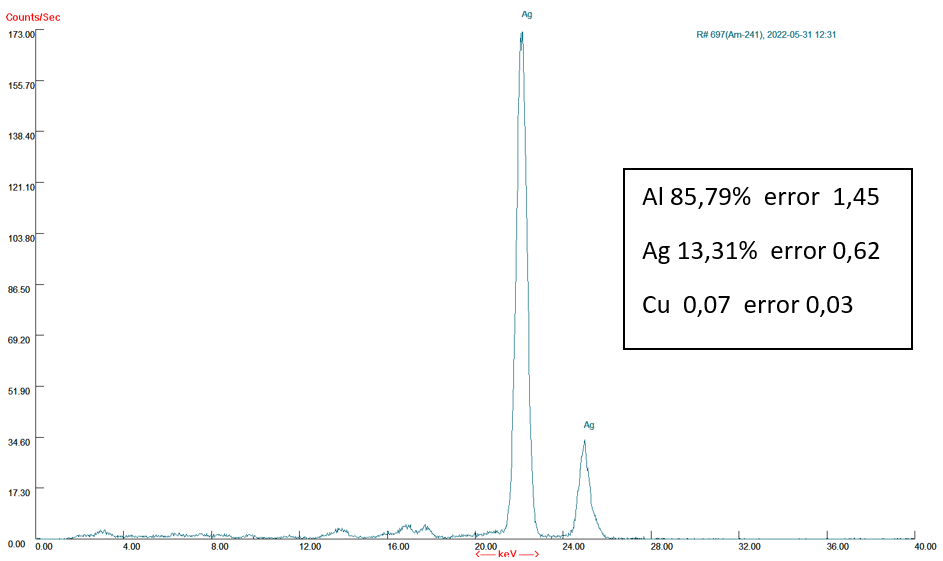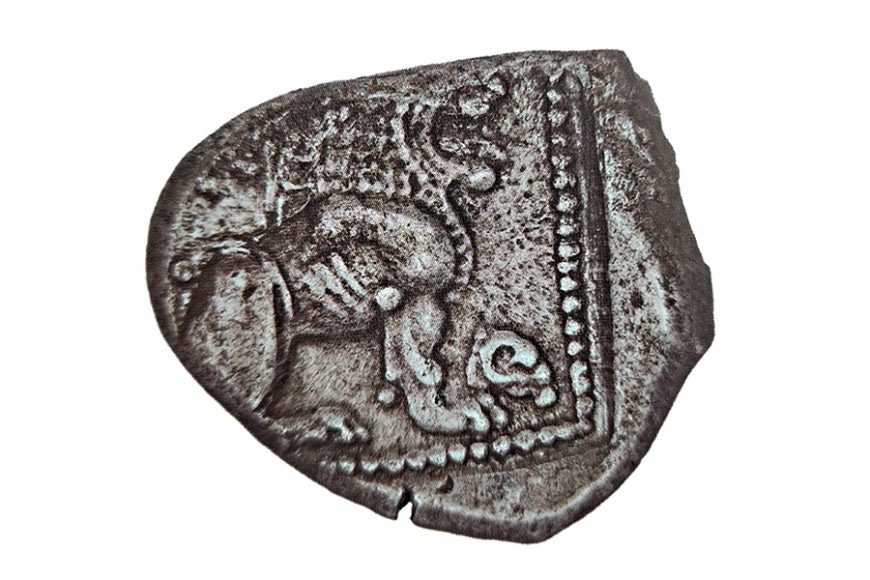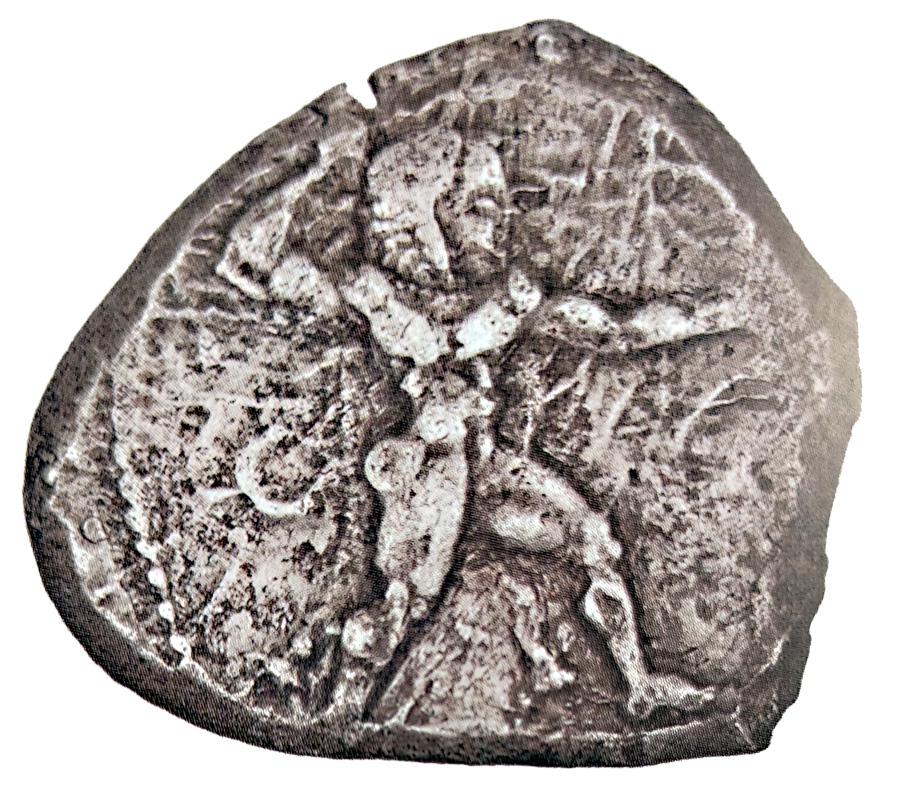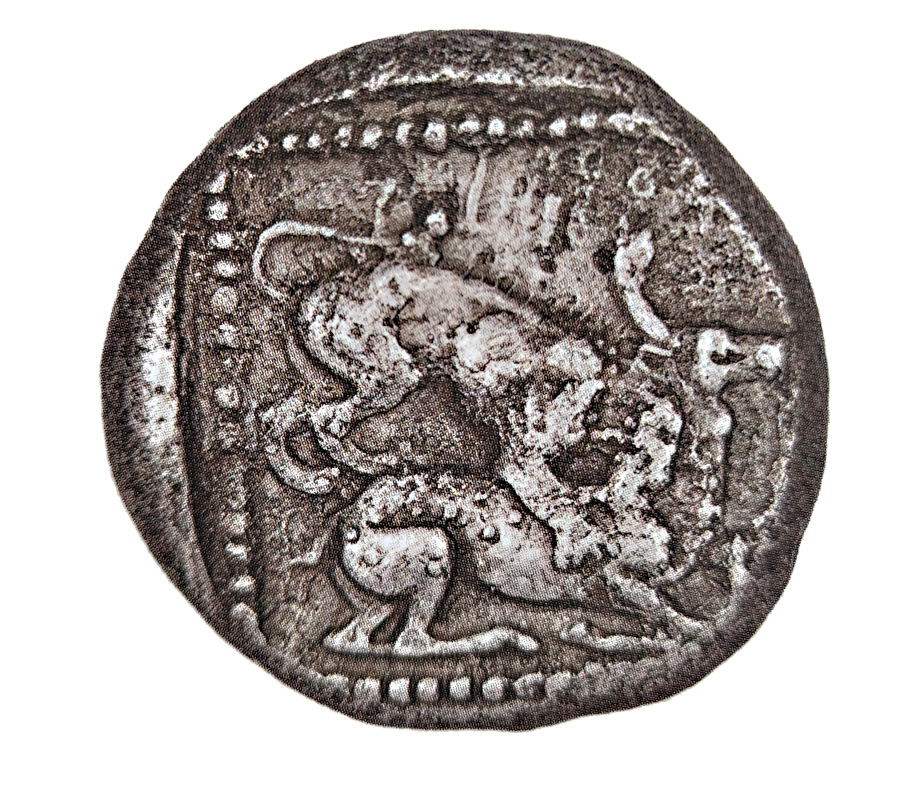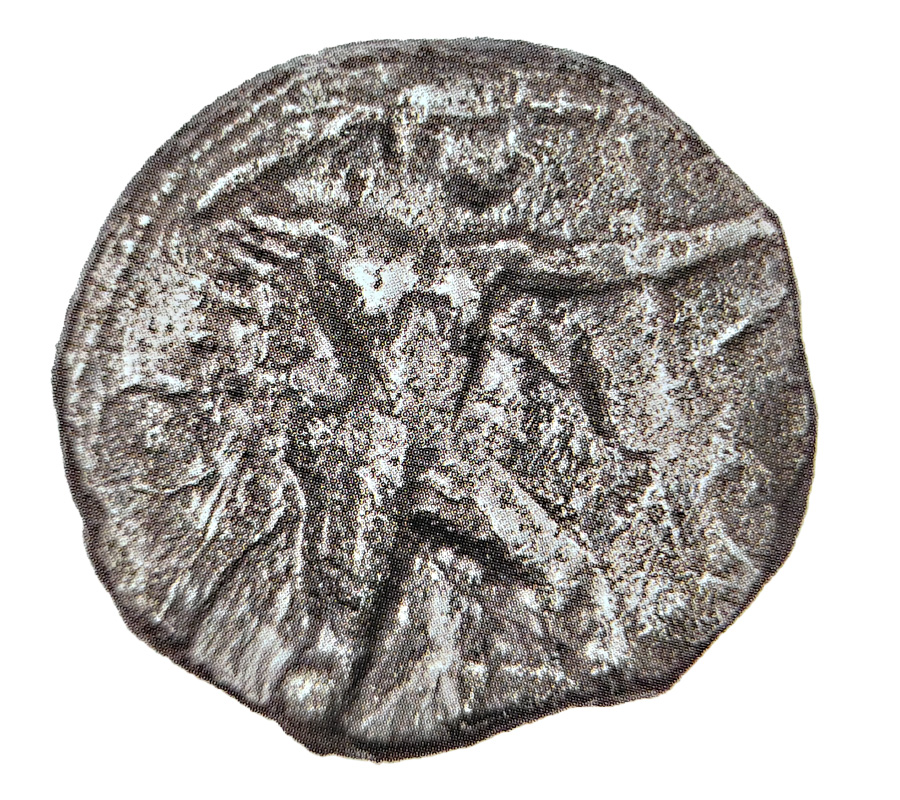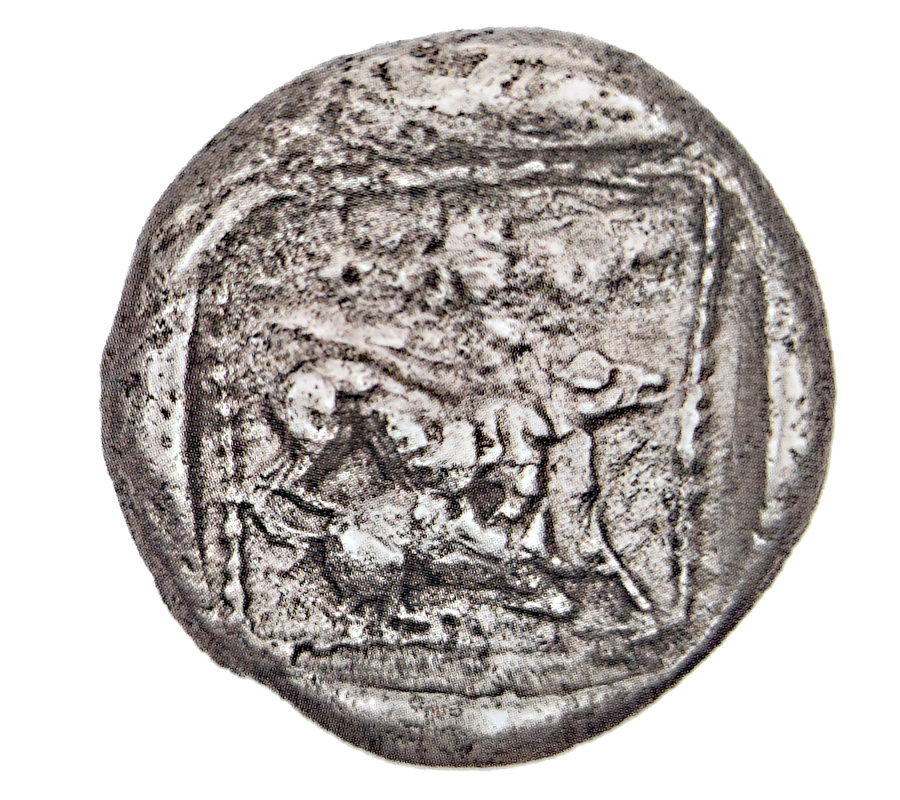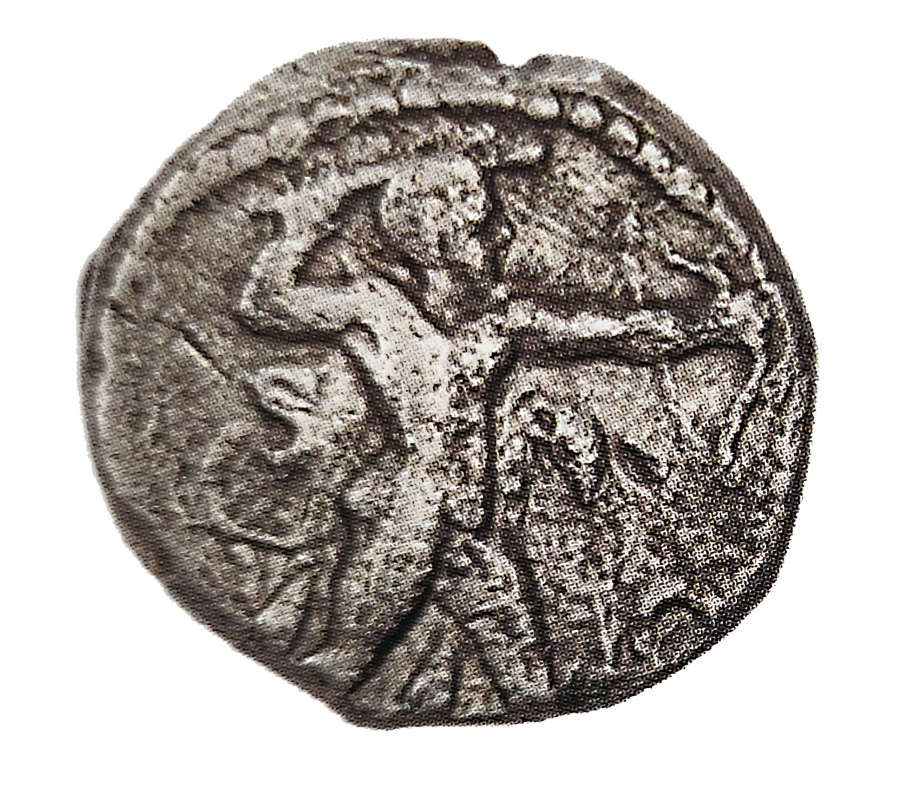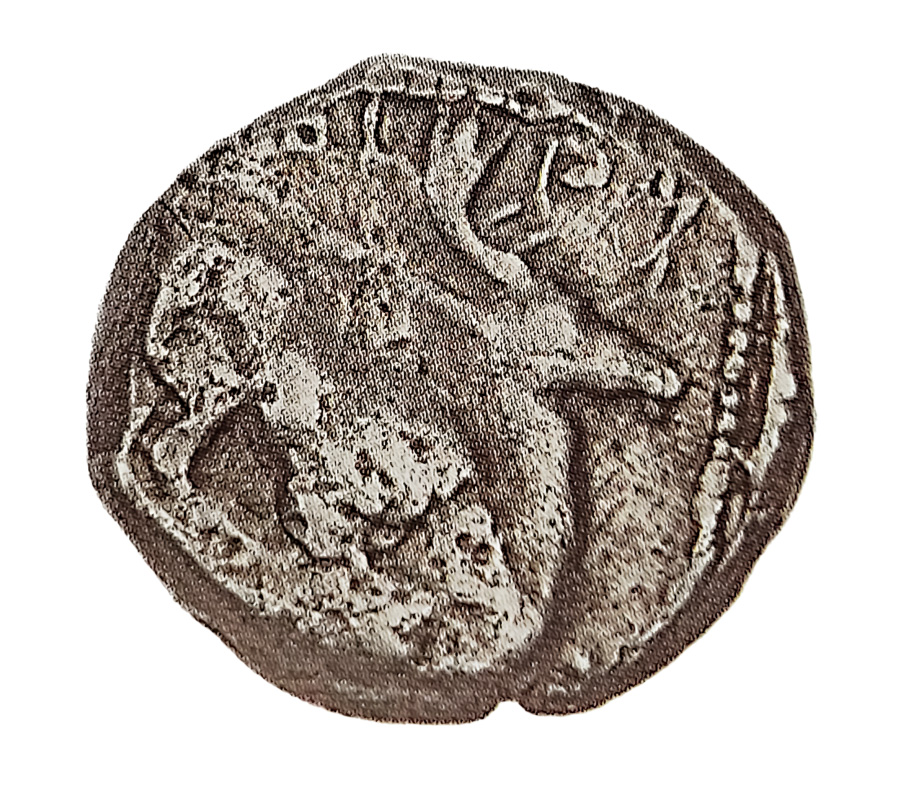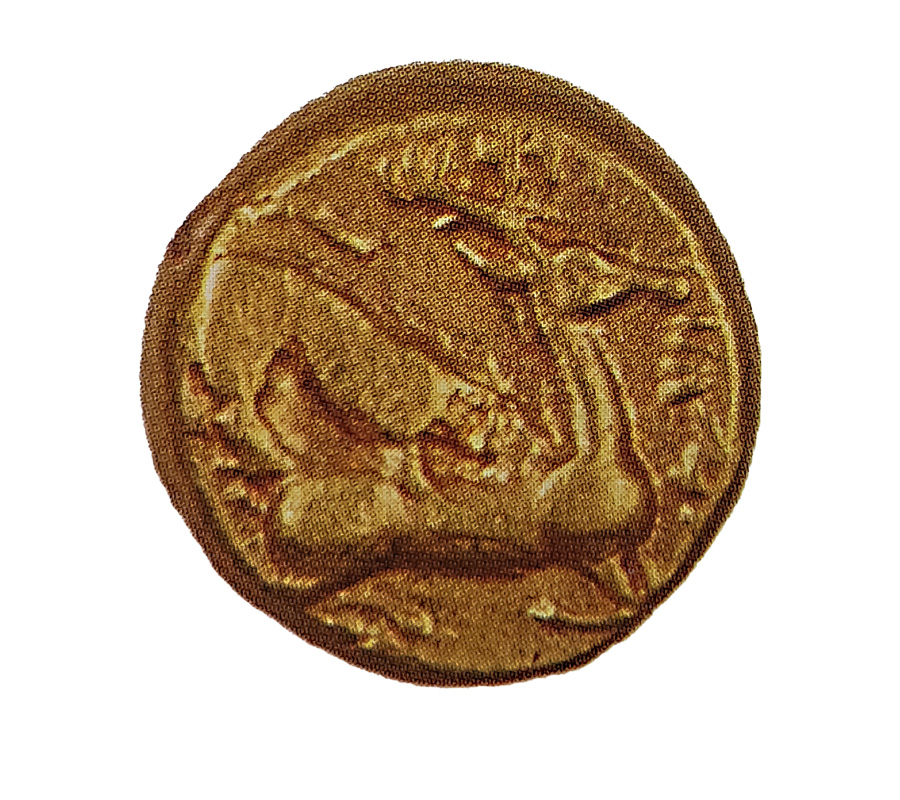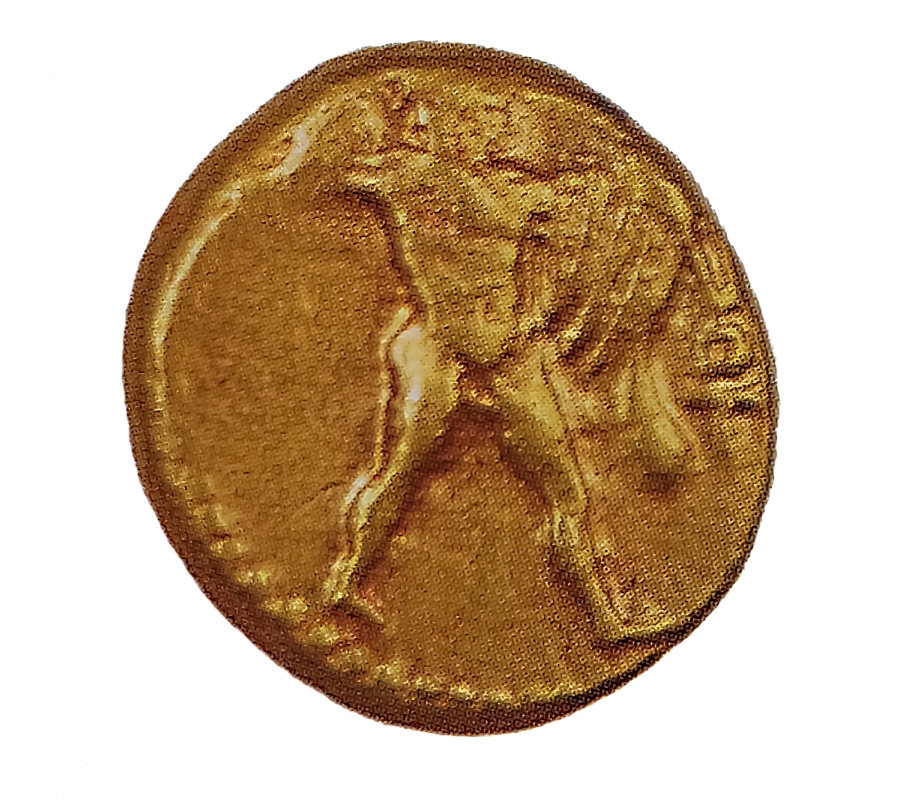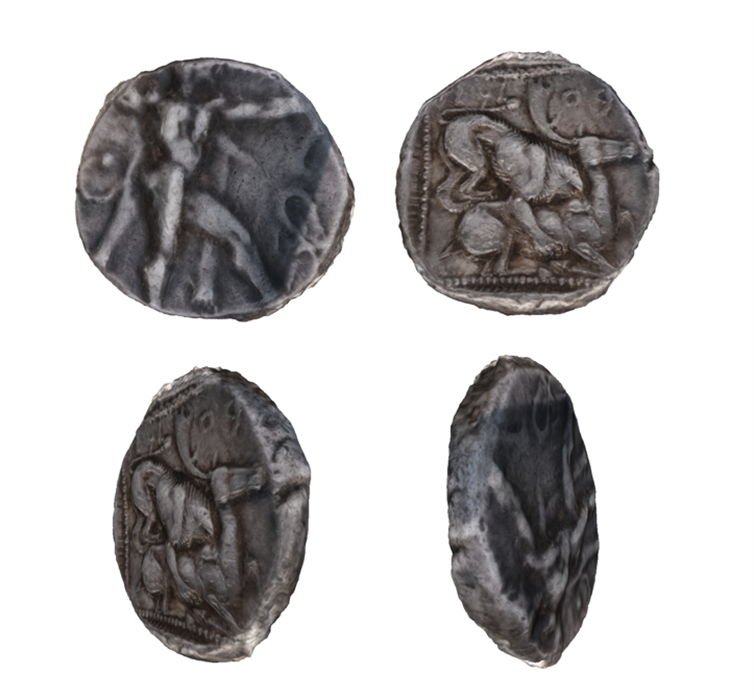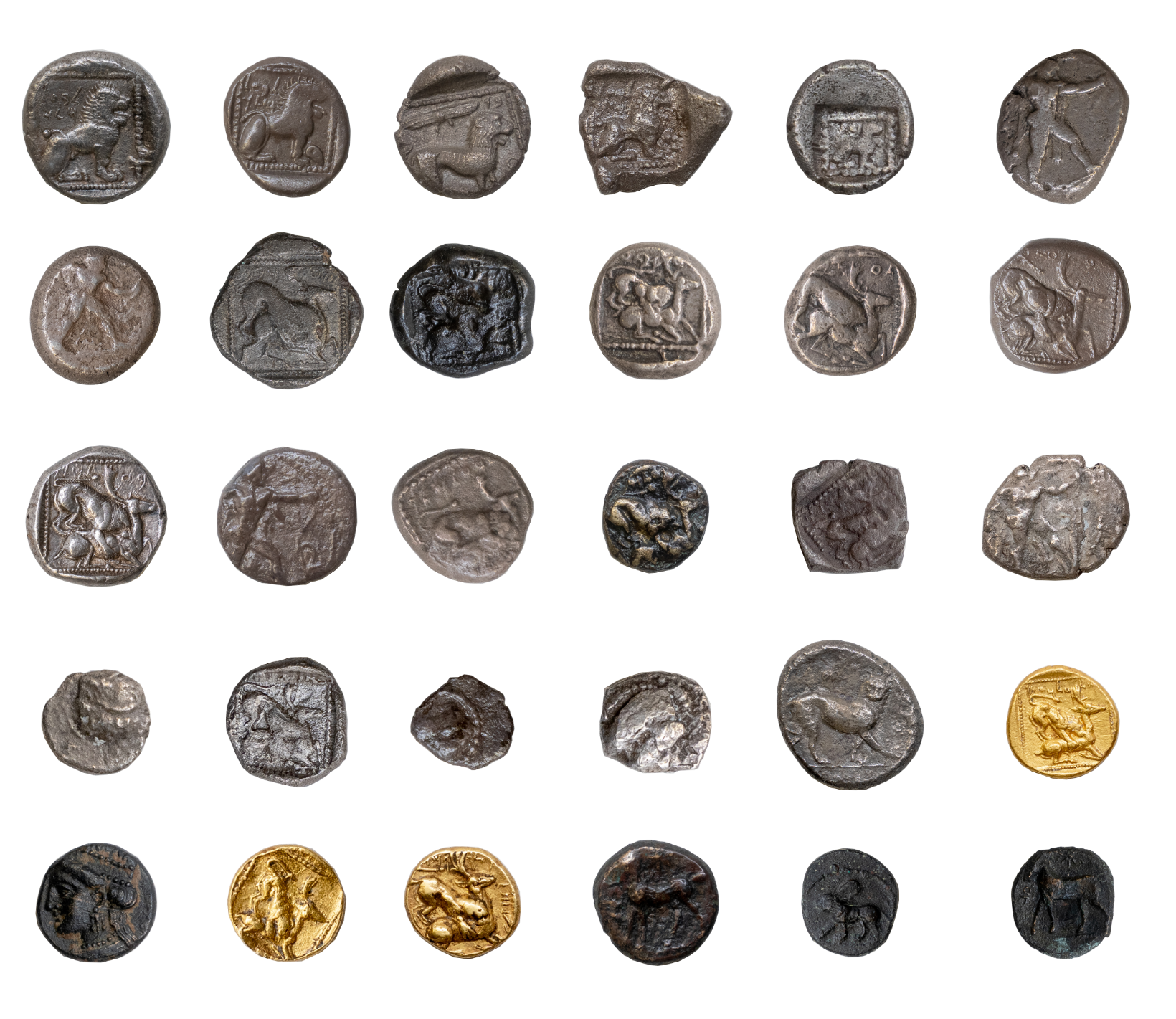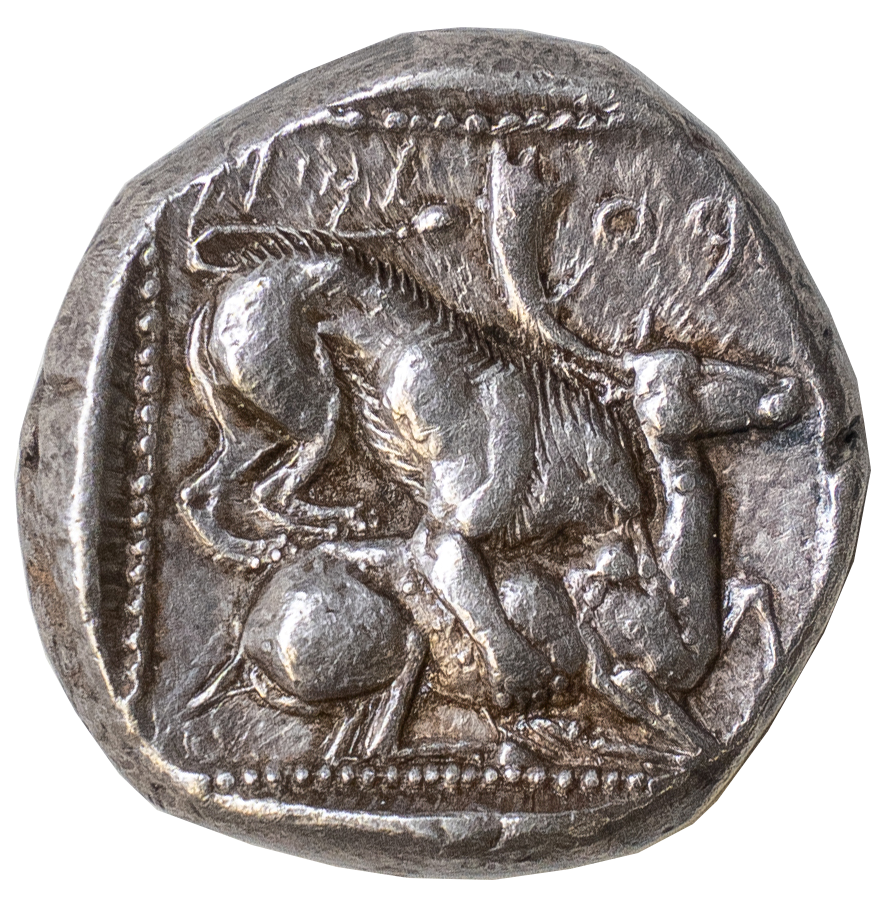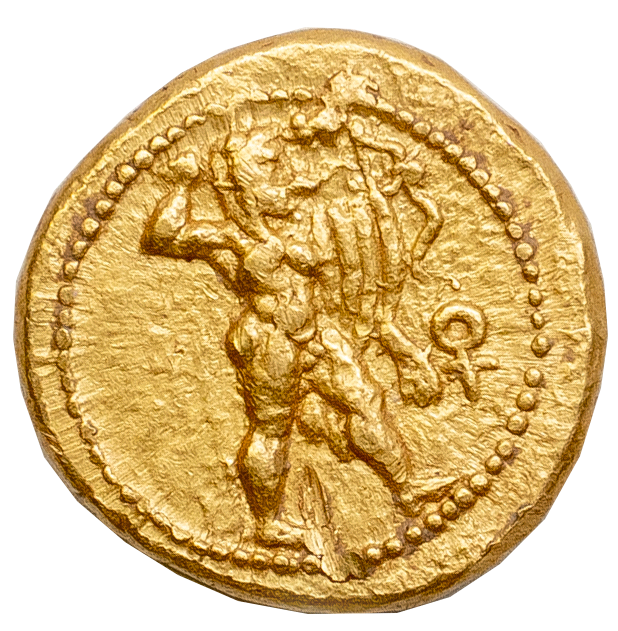The present case study which will deal with a small number of coins connected with Cyprus, will undoubtedly shed light on the island‘s wealth and foreign connections and exchanges with its Near Eastern neighbours, during the sixth century BC. The coins in question depict Hercules-Melqart and belong to the Numismatic Museum of Athens, as well as to the Bank of Cyprus Cultural Foundation in Nicosia. The latter possesses also an important Numismatic Collection, covering the entire range of the Cypriot coinage, from the sixth century BC, the period of the city-kingdoms to the more recent period, following the establishment of the Republic of Cyprus.
The Iconography of Hercules
Gallery
Estimation of Complexity & Quality based on EU 3D Study/VIGIE 2020/654
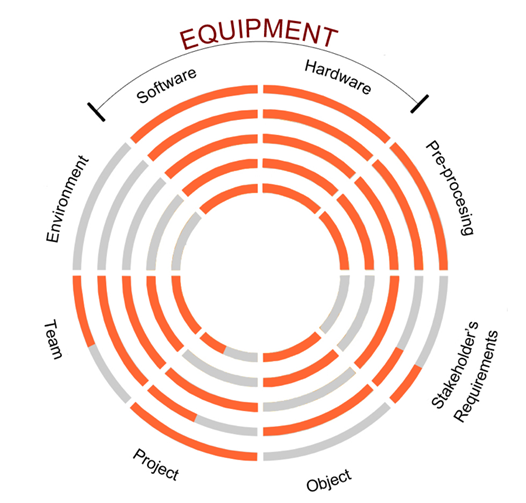

Complexity
Quality
Taxonomy

Data Acquisition and Analysis
